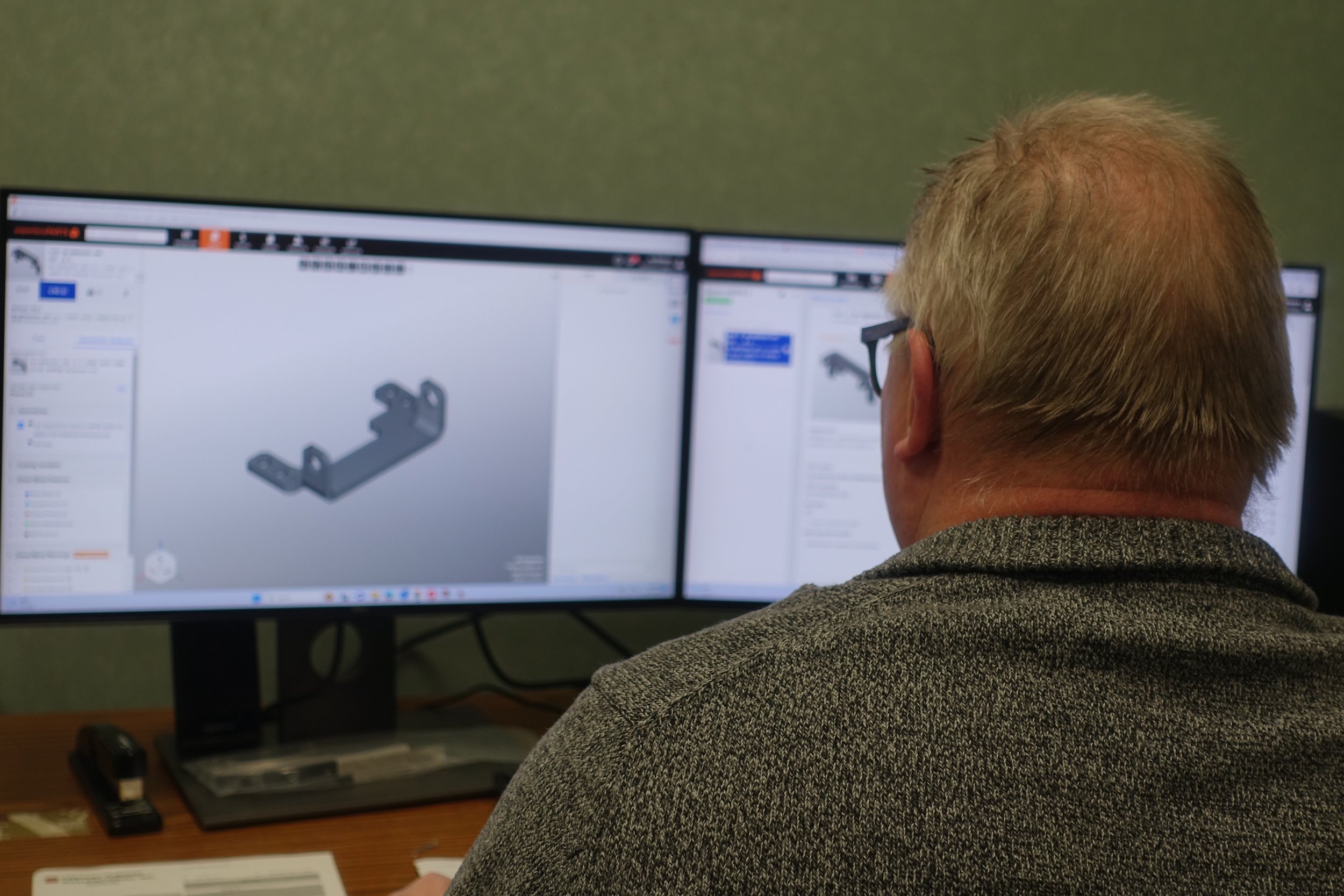6 Best Practices for Quoting Precision Fabricated Components
Every project starts with a quote. Whether you’re seeking precision metal stamping or wire EDM services, buyers must acquire the most accurate quotes for their parts. It’s equally important that the quote comes quickly, especially when deadlines call for quick turnarounds.
At Century-Tywood, we value a smooth quoting process to get a project started on the right foot. It’s part of the reason we invested in Paperless Parts, a highly effective quoting software that allows us to provide our customers with accurate quotes quickly. Between this software solution and the highly intelligent engineers reviewing all the information our customers send with these quotes, our teams are equipped with the tools we need to provide precise quotes in a timely manner.
We’ll break down some best practices to set you up for success the next time you request a quote.
Best Practice #1: Supply as much information as possible.
The more details we have to work with, the more likely we are to have a full-picture understanding of your part. Sharing comprehensive information is key to producing the most precise, cost-effective quote.
In addition to providing as much information as possible, we request that customers send a complete package of documentation upfront. This not only streamlines our internal processes but also allows us to provide the most accurate quotes possible. This reduces back-and-forth exchanges that could delay production when specifications trickle in slowly.
We always encourage customers to provide us with every specification or piece of documentation they have. Our team provides the best, most accurate quotes when we have the following information:
All required files, with detailed specifications
The part’s intended application
Details related to possible assemblies
Intended finishing processes
Best Practice #2: Provide BOTH a PDF and a STEP-file.
On our request a quote page, you’ll notice that we ask for designs in both PDF and STEP-file formats. We do this for a number of reasons:
The more information, the better
A PDF alone can be limited when it comes to capturing all the essential information about your project. Meanwhile, a STEP-file doesn’t typically include the necessary finishes or tolerances. This goes back to Tip #1. When in doubt, provide the most information you have related to a part.
Quicker Turnaround
Our CMMC-compliant quoting software, Paperless Parts, offers fast, accurate quotes when our customers supply both a STEP-file and a PDF. Without a STEP-file, we need to translate the PDF ourselves, costing time and efficiency. This is possible, and something we do frequently, but it takes time to flatten out the part, especially when the part has intricate geometries or other complex features.
Reduced opportunity for error
Manually translating a PDF introduces the risk of human error, something we do everything in our power to avoid. However, if customers supply us with a model that we can input directly into the Paperless Parts platform, our risk of error decreases palpably.
Best Practice #3: Create an open line of communication between your engineers and ours.
Sometimes when two engineers get talking, they speak in their own unique language, with highly technical language and a deep knowledge base that one gains from working in this specialized field. For this reason, we find it beneficial for our engineers to chat with our customers’ engineers rather than communicating solely with the buyer.
When we receive a quote, we send the information to our engineers for review. From there, our engineers might get in touch with the engineer who developed the design to discuss the nitty-gritty details involving tolerancing, true positioning, and ease of manufacturing. Engaging in this type of dialogue not only clarifies specifications but also opens the door for potential improvements and cost savings.
Best Practice #4: Inform us when parts will be part of an assembly.
Understanding whether parts will be integrated into an assembly is essential for a more efficient quoting process. This knowledge helps us plan more effectively, and it helps us group parts for streamlined operation and reduced costs on services from our outside vendors, particularly painting.
Best Practice #5: Be mindful of necessary tolerances.
Sometimes customers opt for extremely tight tolerances on their drawings, believing it’s a safe approach. However, this can inadvertently increase costs and cause issues in the fabrication process. Overly tight tolerances might raise some red flags on our end during the first article inspection, resulting in back-and-forth discussions to align expectations.
While many of our customers opt to adjust their tolerances after discussing the matter with our teams, others prefer to match the part to their exact design. We are happy to proceed, but we want our customers to understand the cost increases that come from any additional processes needed to meet the nominal.
Best Practice #6: Send the quote as promptly as possible
Buyers know that time is of the essence, especially when project timelines are tight. Make sure you request a quote as soon as you can, ideally as soon as you have all the information needed to send a complete quote package. We can better serve you when we know your lead times and needs promptly.
High-Quality Precision Fabricated Components, from Quote to Completion
At Century-Tywood, our commitment to delivering sheet metal fabrication services starts with a streamlined, efficient quoting process. When you collaborate with us, we become a partnership focused on ensuring all precision fabricated components are of the highest quality.
Our teams are here to work with you to provide the best possible solutions, from design and engineering support to top-notch custom sheet metal fabrication. If you’d like to learn more about our exceptional quality standards, from the quoting process to delivery, contact us today.

